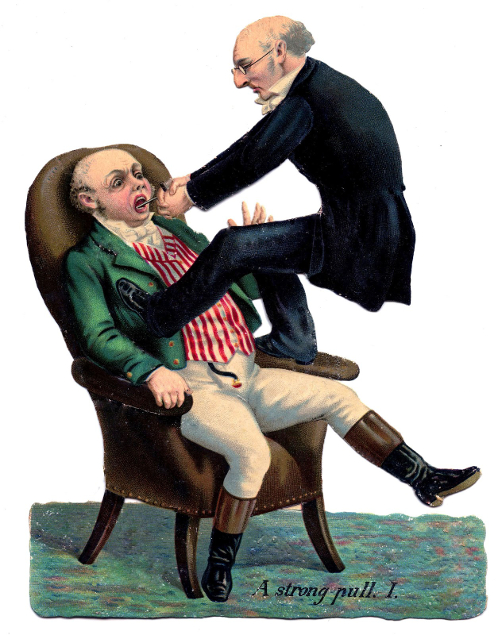Small dent in long oral improvement
 The state of Australian mouths has broadly improved in the last few decades, but it appears we are beginning to forget some important oral lessons.
The state of Australian mouths has broadly improved in the last few decades, but it appears we are beginning to forget some important oral lessons.
Oral health and dental care has seen mostly positive trends since the 1970s, according to a new report by the Australian Institute of Health and Welfare (AIHW).
The report, Oral Health and Dental Care in Australia: Key Facts and Figures Trends 2014, shows there are areas where improvements made in the past have either levelled-out or even gone backwards.
For example, from 1977 to 1995, there was a steady drop in the average number of children's baby teeth affected by decay. This trend had now reversed, with a gradual rise from 1996.
For people aged 15 and over, from 1994 to 2010 the proportion who reported any adverse oral health impact (such as toothache, feeling uncomfortable about dental appearance or avoiding certain foods because of problems with their teeth) generally rose.
But in contrast to some of the negative trends in oral health, trends in dental visiting patterns have been more positive.
The proportion of people aged 15 and over who made a dental visit in the previous 12 months rose from 56 per cent to 62 per cent between 1994 and 2010.
Despite this, the cost of dental care remains a barrier for many.
From 1994 to 2010 there was a rise in the proportion of adults avoiding visits to a dentist due to costs, from about 25 per cent to 30 per cent.
Total spending on dental services in Australia has increased from $6.13 billion to $8.33 billion (adjusted for inflation) between 2005-06 and 2011-12.








 Print
Print